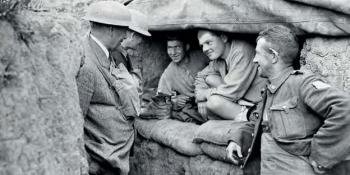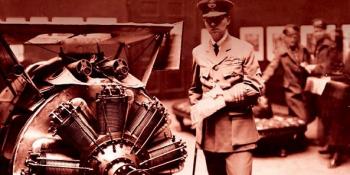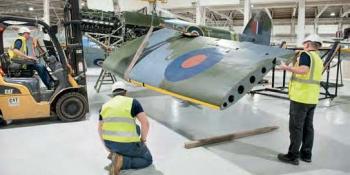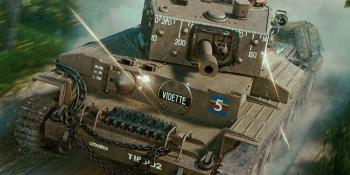The actions that resulted in the Royal Australian Air Force’s 2 Squadron receiving a US battle honour are described by Andrew Thomas.
Long-standing tradition has it that a Commonwealth air force squadron’s Standard (flag) is emblazoned with scrolls bearing the battle honours the unit has earned for taking part in major combat operations. For the US forces, the equivalent of such awards take the form of a streamer carried on their flag, often representing a Presidential Unit Citation. On January 4, 1943 US President Franklin D Roosevelt uniquely gave such an accolade for ‘Banda Sea 1942’ to 2 and 13 Squadrons, Royal Australian Air Force, and in March 1943 the acceptance of the honour was given Royal approval.
When World War Two began, 2 Squadron RAAF under Sqn Ldr Alan Charlesworth began mounting convoy escorts off the Australian east coast with its obsolescent Avro Ansons. These continued after the unit’s re-equipment with Lockheed Hudsons in mid-1940. A year after the start of the conflict, Wg Cdr Frank Headlam was in command and in December 1941, the squadron began moving north with Flt Lt Rob Cuming leading ‘A’ Flight to Kupang on the island of Timor and the CO taking the remainder to Darwin, where news of war with Japan broke.
Early on December 8 (7th in Hawaii, which lay east of the International Date Line), Fg Off Bob Law-Smith of ‘A’ Flight attacked and set on fire the 300-ton (270-tonne) Japanese ship Nanyo Maru and forced it aground on the coast of Timor – the first action in this theatre. Patrols of the sea-lanes around Timor continued and at the end of December four aircraft moved to Ambon on Seram Island on the north of the Banda Sea, as the southward surge of the Japanese continued.…




